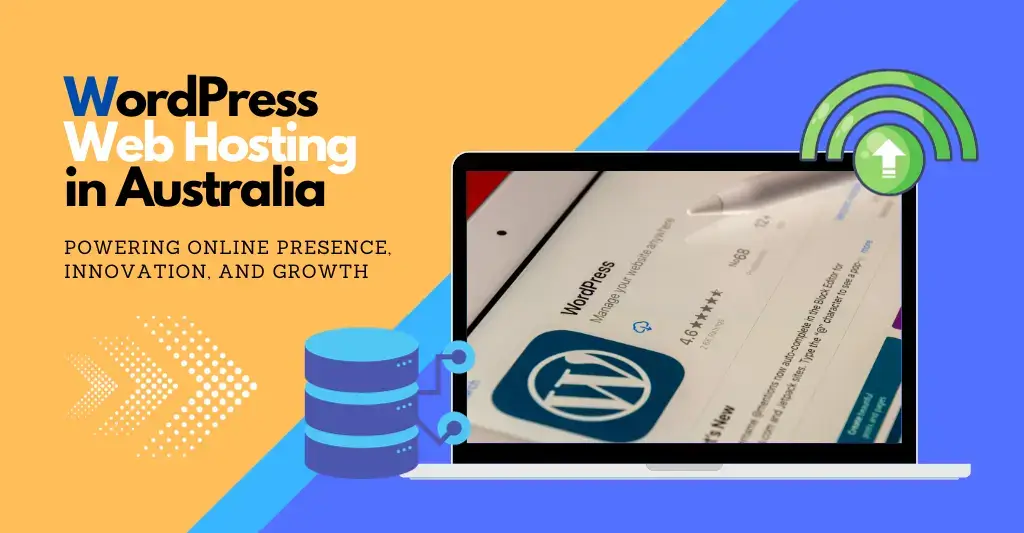
The New Year is a time of renewal, a magic moment when we secretly hope our dreams will come true and that we will stick to those resolutions. For business owners, it’s also a time to draw the line and look at how their company performed in the past year.
More than being a moment of closure, the period between December and January also represents a transition, a passage from old to new. Did you know that the name of the month of January comes from Janus, the two-faced God in ancient Roman mythology? Janus was the god of beginnings and transitions, of doors and gates, of choices and endings.
Just like Janus, we look in two different directions around the New Year – back at what we have achieved and forward towards the future. So, after drawing conclusions about your achievements in 2021, you may also think about your plans for this year ahead.
At VMA we have a tradition of researching and analysing the latest digital marketing trends at the end of each year. Duality is always a part of these analyses, as the upcoming trends are often rooted in the recent past. What we don’t know for sure is how those trends will evolve in the following year.
Let’s have a look at the latest marketing trends for 2022 and next year at this time, we’ll be able to tell whether we’ve been right or not.
Integrated SEO
Marketers have ceased to put into practice the old approach SEO tricks and shortcuts as this method is not working anymore. These days, search engines are built in such a way as to place a website on the first page of search results only if human users like it and interact with it.
So, if users like you, Google likes you too. And being liked by human users is your real goal, since they are the ones who could become paying customers.
Under these circumstances, marketers are trying to implement what is called integrated SEO – or a strategy that brings together all elements of the online marketing system. Email, social media, and page optimisation are used together to attract a high number of visitors to web page content.
Facebook will continue to dominate
With the advent of new social networks in the last years, many expert marketers have hurried to predict that users would abandon Facebook in large numbers.
Nothing further from the truth, in spite of the massive success of competitors. Facebook is currently informing and entertaining almost 3 billion active users and remains the biggest social network worldwide.
The rebranding of Facebook into Meta in 2021 could have added to the giant social network’s stability, but there is a mix of qualities that make Zuckerberg’s platform a steady presence in our lives:
- Simplicity – the user interface is self-explanatory and anyone can understand it;
- Consistent look and feel – these make Facebook pages easy to use and navigate for a long time;
- Effective privacy controls – users can be certain that friends only can see their profile;
- News feed – Facebook’s defining feature that is purely addictive for users;
- Focusing on video – Facebook videos have grown exponentially in the last few years, capitalising on the fact that people retain video information more easily.
Benefiting from more effective Facebook ads
The beginning of Facebook ads dates back from 2004, when some minor steps to monetise the platform were taken. In 2012, Facebook launched its mobile ads program and in 2018 it expanded its ad formats, offering eight separate advertising options.
At the same time, users have noticed that in the last year the performance of Facebook ads has improved. The platform has learnt how to adapt to the even shorter attention spans of users and offered marketers the opportunity to create short-form videos, that are educational, entertaining, and easy to consume. Statistics suggest that in 2021 businesses paid 122% more per advertising unit on Facebook than they did in the previous year.
Focusing on fewer communication channels
With so many communication options out there, as a marketer you may be tempted to try them all, hoping for better results.
However, one of the most effective principles that should guide a marketer in 2022 is “Less is more”. When you are trying to be present on Facebook, Twitter, LinkedIn, Instagram, and TikTok at the same time, what happens is that your brand message dilutes. Even if it is possible to automate posting on multiple social networks, don’t do it.
Think about this: every social network or communication channel has its own specific purpose and attracts a certain audience. Moreover, social networks have grown very distinct “personalities” in the last couple of years. The wise thing to do is focus only on those communication channels that your audience is using – period. Doing more is a waste of time and money and can even harm your brand image.
Influencer marketing becomes a common marketing tactic
Modern influencer marketing started in 2006, when Murphy launched PayPerPost, the first marketplace to pay bloggers to create content for brands. For quite a few years, influencer marketing used to be a trend that only the big brands afforded to implement.
The rules of the game have changed in the last years, with the rise of micro-influencers. Influencer marketing has become more accessible to small business and actually more effective. People tend to trust more micro-influencers or people who are feel tangible and less involved in advertising, unlike celebrities.
Influencer marketing is set to reach $13.8 billion in 2021 and continue to grow, while the method is being embraced more and more by B2B brands.
Mobile optimisation is the rule
We all know that users are spending more and more time on their mobile devices. It’s a fact that businesses can no longer ignore in 2022. Mobile traffic comes from millennials and Gen Z audiences, whose buying power is growing. As a result, you will want to invest your resources into mobile-optimised digital experiences, which are vital for today’s highly connected consumers.
Making social responsibility a marketing theme
The same millennials who value mobile experiences are also a generation who asks questions, such as “Is my work meaningful?” and “What impact does my purchase decision have on the environment?”
One way to achieve success in 2022 is creating a balance between business goals, value creation for customers, stakeholder, and society. Some of the micro-CSR trends you can embrace in 2022 are virtual volunteering, carbon neutrality, equity and diversity, and using green energy. Make sure to communicate your CSR actions to customers as this will certainly grow your reputation.
Using VR and AR for marketing
VR and AR are being used more and more to create immersive experiences and cultivate stronger relationships with customers. What keeps the VR/AR trend strong is that many of the futuristic applications people are expecting have yet to manifest, so this domain can evolve virtually (no pun intended) into any direction. Marketers have also started talking about mixed reality (MR), or an environment in which digital and physical objects can interact.
Conversational marketing
The purpose of modern-day marketing is not just to communicate the benefits of a product to potential customers, but also to increase personal relationships between consumers and brands. Without a high engagement level, you cannot acquire and keep customers and you will always be on the lookout for new customers to keep some money flowing into your business.
A strong relationship between brands and their audiences can be obtained by implementing conversational marketing aimed at meeting the customer’s needs.
When a customers wants to contact a business, they expect to hear back almost immediately, not after hours or days. People want a reply immediately, even in the middle of the night, and if you fail to respond, they will look to your competition. Conversational marketing includes personalised emails, customer service chatbots and live chat, call centres, and more.
Frictionless customer experience
It is obvious – consumers are more likely to buy something when companies make it easy to complete a purchase. Buying something online has never been easier and faster, and being able to provide a frictionless customer experience is one of the biggest competitive advantages.
This trend does not mean you should eliminate all kinds of friction. Creating “gates” for users can help with obtaining more qualified leads and taking to the next stage only those people who are really interested in your product.
On the other hand, if the customer has added products to their cart and want to buy, the last thing you need is an error when filling in their contact details. Website development and maintenance can make the difference between people abandoning their purchase intent and customers coming back for more.
Not very surprised by marketing trends in 2022?
You should not be. Good marketing does not come out of nowhere; it is rooted in years of experience and also in the ability to seize the opportunity of disruptive trends when they emerge. Your business can benefit from these trends and even more by calling to VMA – our mix of services addresses every upcoming marketing trend, ensuring your business is there for your customers 24/7 and meeting each and every of their expectations. Check our list of services and let’s discover the unexplored of your 2022 marketing strategy together!
The post ( Latest Marketing Trends For 2022) appeared first on Visual Marketing Australia.
Source: Source link





